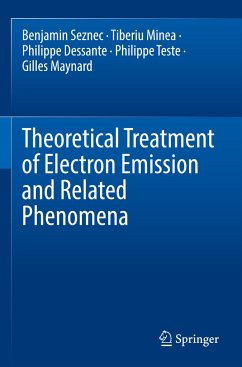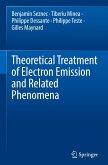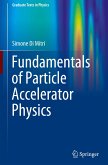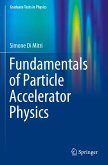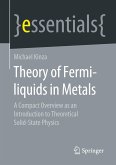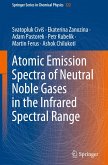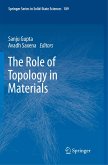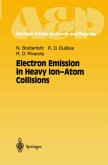This book introduces readers to the physics governing electron emission under high voltages and temperatures, and highlights recent modeling and numerical developments for describing these phenomena.
It begins with a brief introduction, presenting several applications that have driven electron emission research in the last few decades. The authors summarize the most relevant theories including the physics of thermo-field electron emission and the main characteristic parameters. Based on these theories, they subsequently describe numerical multi-physics models and discuss the main findings on the effect of space charges, emitter geometry, pulse duration, etc.
Beyond the well-known photoelectric effect, the book reviews recent advanced theories on photon-metal interaction. Distinct phenomena occur when picosecond and femtosecond lasers are used to irradiate a surface. Their consequences on metal electron dynamics and heating are presented and discussed, leading to various emission regimes - in and out of equilibrium. In closing, the book reviews the effects of electron emission on high-voltage operation in vacuum, especially breakdown and conditioning, as the most common examples.
The book offers a uniquely valuable resource for graduate and PhD students whose work involves electron emission, high-voltage holding, laser irradiation of surfaces, vacuum or discharge breakdown, but also for academic researchers and professionals in the field of accelerators and solid state physics with an interest in this highly topical area.
It begins with a brief introduction, presenting several applications that have driven electron emission research in the last few decades. The authors summarize the most relevant theories including the physics of thermo-field electron emission and the main characteristic parameters. Based on these theories, they subsequently describe numerical multi-physics models and discuss the main findings on the effect of space charges, emitter geometry, pulse duration, etc.
Beyond the well-known photoelectric effect, the book reviews recent advanced theories on photon-metal interaction. Distinct phenomena occur when picosecond and femtosecond lasers are used to irradiate a surface. Their consequences on metal electron dynamics and heating are presented and discussed, leading to various emission regimes - in and out of equilibrium. In closing, the book reviews the effects of electron emission on high-voltage operation in vacuum, especially breakdown and conditioning, as the most common examples.
The book offers a uniquely valuable resource for graduate and PhD students whose work involves electron emission, high-voltage holding, laser irradiation of surfaces, vacuum or discharge breakdown, but also for academic researchers and professionals in the field of accelerators and solid state physics with an interest in this highly topical area.

